
Empathy
Be curious. Try to understand the people you aim to serve to uncover unmet needs.
The mindset, process, and tools to effectively and confidently solve problems within any domain
Good Design Means Creating in Community
Harnessing empathy and deep human understanding, we can solve seemingly unsolvable problems together. Our human-centered approach helps us identify underlying issues with relevance and meaning. And it helps us produce practical, transformative solutions that have positive ecological, societal, and economic impact.
Human-centered design with broader application
We take a threefold approach to teaching design innovation.

Your mindset helps you take risks and design what's next. By incorporating the following qualities into your approach, you can start with an ambiguous problem and finish with a transformative solution. Consider design innovation as serious play. To adopt the designer's mindset, try letting go of your fear of failure and adopting a solution-focused attitude.
Key Design Innovation Mindsets

Be curious. Try to understand the people you aim to serve to uncover unmet needs.
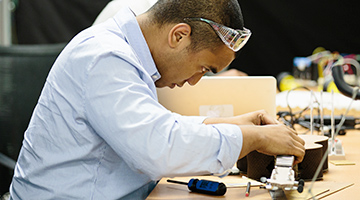
Embrace failure and learn from it. Expect to start over.
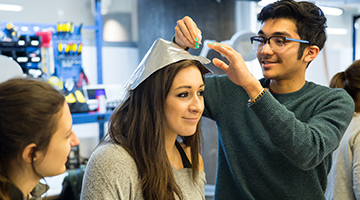
Put aside preconceived ideas and welcome information from all sources.
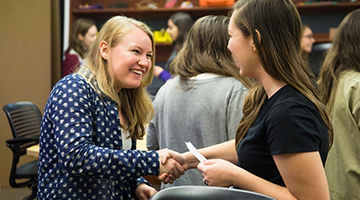
Gather diverse viewpoints to enrich the innovation process and outcomes.

Explore what is possible, not just probable.
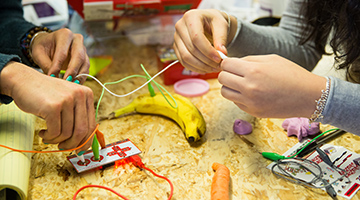
Be creative. Use storytelling to imagine what could be and to share that vision with others.

Design innovation begins with messy, ill-defined problems and ultimately delivers clear directives based on human need, technological feasibility and marketplace opportunity. Everyone has a different way of describing the design innovation process, but they all include some version of these steps: identify, ideate, and iterate. However you describe the process, it’s purpose is to make it possible for you to design with the end user always in mind.
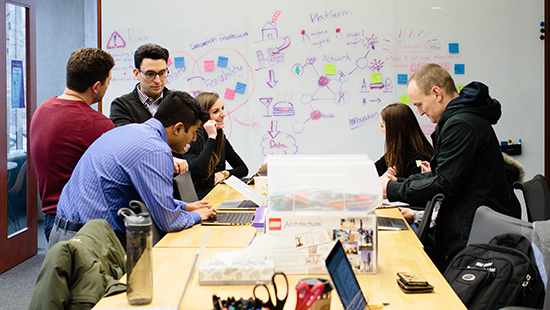
Design innovation empowers leaders to develop meaningful solutions, create new value, and envision new possibilities. At the highest level, design unlocks creativity and the ability to imagine a new future.”
— Julio M. Ottino, Dean, McCormick School of Engineering and Applied Science

There’s no big prize for correctly solving the wrong problem. In other words, finding the right opportunity is just as important as finding a solution. That’s why talking to the people who will use your design is so important. The ability to give and receive feedback is an essential tool for design innovation.
Examples of Design Innovation Tools
These are just a few of the tools we use to help our students interact with users, synthesize their insights, and confirm that they are solving the right problem.
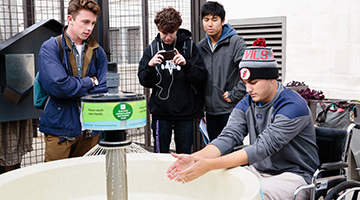
Understanding the context of a problem is a critical first step in building empathy for your users. Research safaris prompt you to see the world around you with a new point of view.
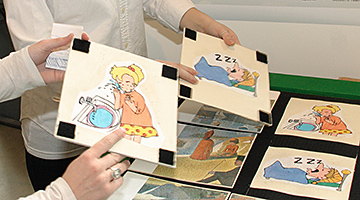
Communication is an essential skill in design, and one that takes years to master. Storyboards are a means for sharing the current state of the world, and your new vision for how it can be better.
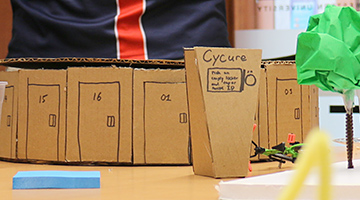
During early stages of the design process, you’ll want to maximize your "learning per unit time" spent on prototyping. Use easily accessible materials such as cardboard and paper to mock up your ideas quickly, learn from your mistakes, and move on.

We’re lucky that new technologies, such as 3D printing, have made it easier than ever to bring our ideas to life. Additive manufacturing plays an important role in prototyping complex geometries quickly and easily.
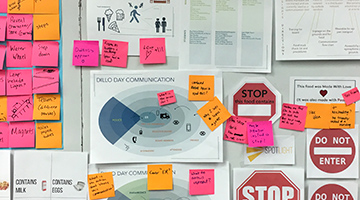
If you’re designing a complex system like a new service, you’ll need a way to visualize that complexity in order to build consensus with your team, represent the points of view of all your stakeholders, and test out new models in a low-fidelity format. Service blueprinting allows you to map out the multiple layers of a service quickly and easily.

It’s important to maintain contact with users throughout the design process, so you can quickly test out your ideas at any time. If the right people are not close by or easy to reach, think creatively about ways to gather input from users remotely through sharing video and photos, blogging, and online panels.